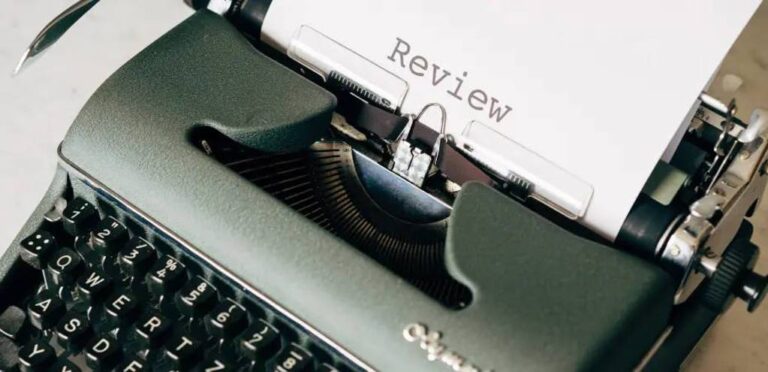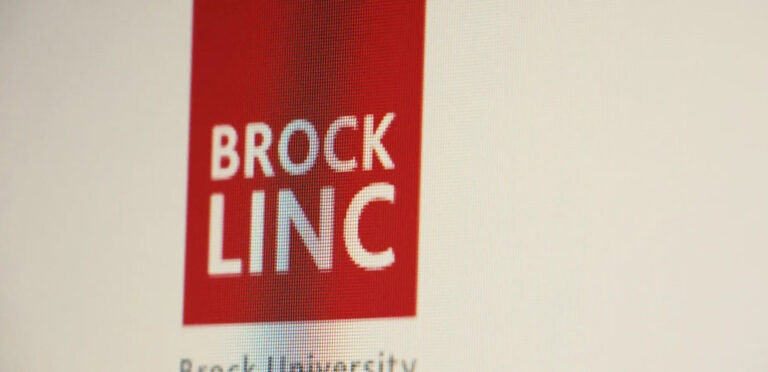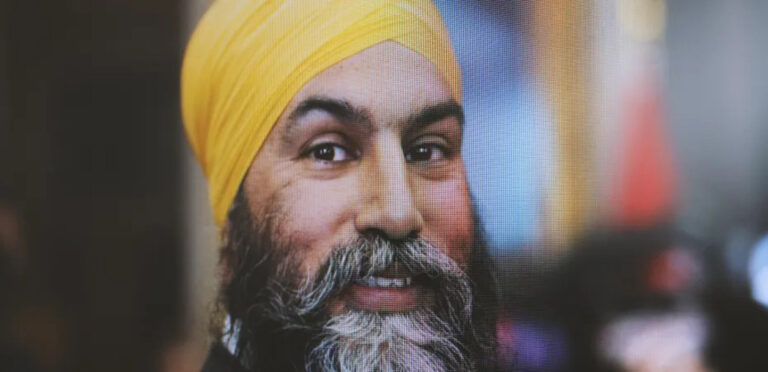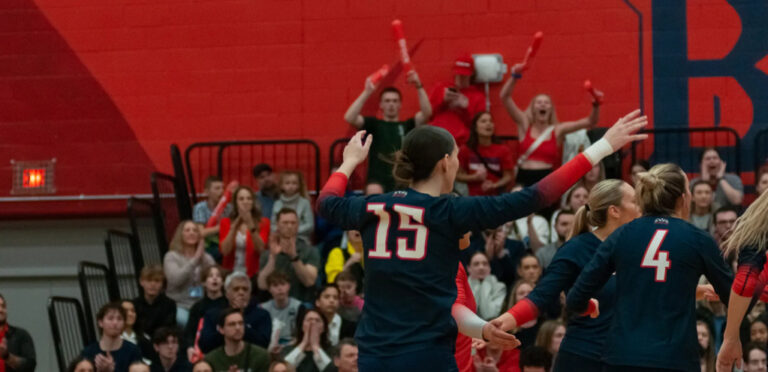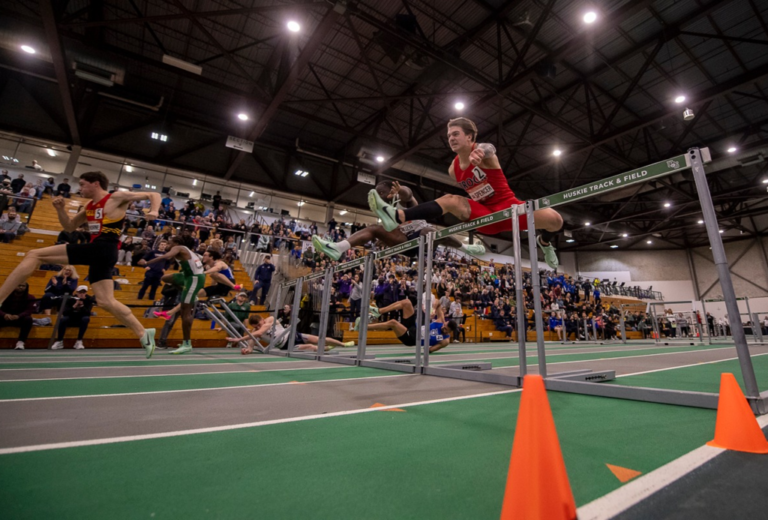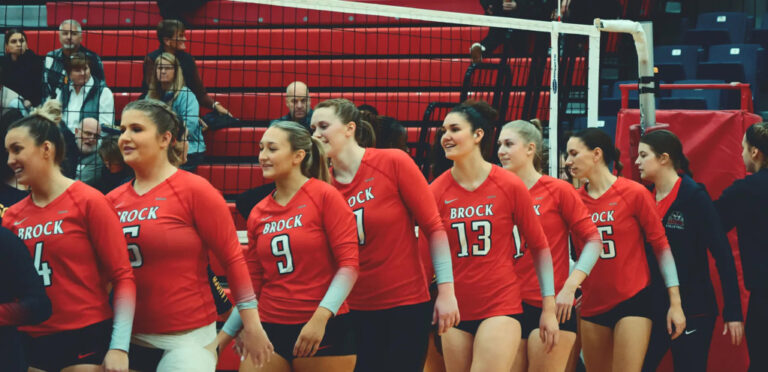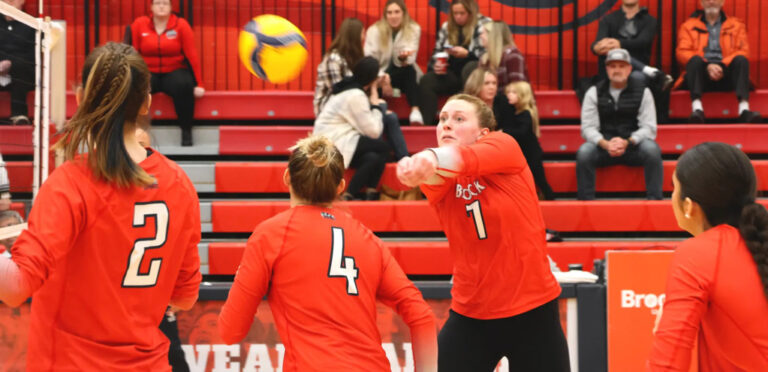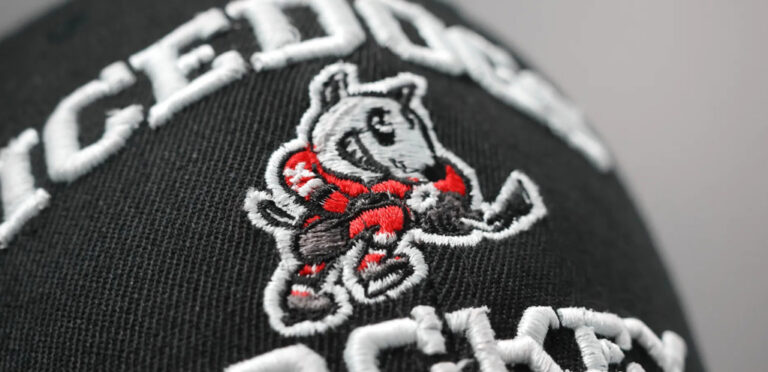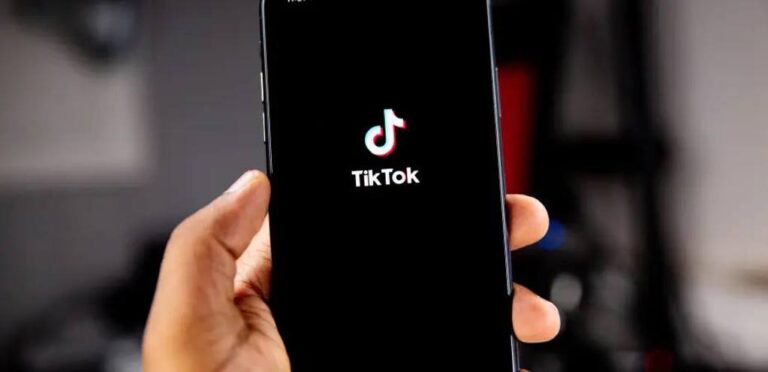As of March 13, it was close to a week and a half since the NHL’s March 3 trade deadline. Though the third itself was fairly inactive, the days leading up to the trade freeze were some of busiest in recent history.
The Eastern Conference in particular saw a massive arms race as its top contenders stacked themselves to the gills with high-end talent to shore up roster deficiencies.
Of course, not every Stanley Cup hopeful did as strong of a job adding to their rosters. Or conversely, many selling teams got excellent value for the players they dealt, while others seemingly traded for pennies on the dollar.
The Press will break down some of the winners and losers going into the final stretch of the regular season:
Winners:
Boston Bruins
The Bruins’ deadline acquisitions were a brutal blow to every other team with cup aspirations. Now the fastest team to 100 points in a season ever, a statistic that defies logic, the Bruins are a wagon.
The Bruins didn’t add any of the superstar names that some of the other Eastern powerhouses did, but their more subtle additions could pay just as large dividends.
Boston’s first move was to acquire Dimitry Orlov and Garnett Hathaway from the Washington Capitals for Craig Smith and picks.
Orlov is both an adept puck-moving defenseman and a top-of-the-lineup defensive player, making him a perfect addition to Boston’s already deep blueline.
Hathaway is a fast, truculent and effective checking forward who can slot into any team’s fourth line.
The Bruins’ second addition, Tyler Bertuzzi from the Detroit Red Wings, is another heavy, physical forward, but as a proven 30-goal scorer, also has some high-end skill to go along with it. Bertuzzi’s injury-proneness (and an apparent aversion to needles) has kept him out of a number of games in recent seasons, but when healthy, should provide the kind of hard-nosed, net-driven game team’s covet come playoff time.
Carolina Hurricanes
The Canes weren’t that busy by this year’s deadline, but maybe that’s just because there weren’t a ton of holes to fill.
Nevertheless, Carolina did make a couple of understated, low-risk, high-reward moves that could turn out to be splashy down the stretch.
Carolina started by acquiring Jesse Puljujarvi from Edmonton for a mid-tier prospect in a move that had been written on the wall for a long time.
A former fourth-overall pick by the Oilers, the disparity between Puljujarvi’s draft stock and his scoring totals earned him the ire of Edmonton’s media and, soon enough, their fans.
While it’s possible (if not likely) that Puljujarvi will never regain the offensive touch he flashed in Finland, Puljujarvi’s effectiveness as a forechecker in Edmonton should never be called into question. Throw him into a system like Carolina’s that is forechecking heavy, and a locker room full of fellow Finns, and the chances of Puljujarvi flourishing become more likely.
The Hurricanes’ other addition was defenseman Shayne Gostisbhere from the Arizona Coyotes for a third-round pick.
This is the second time in the last couple years that Gostisbhere, a very effective offensive defenseman, has been traded for next to nothing. Of course, he has two goals and four points in his first six games.
St. Louis Blues
Less than a year removed from the second round of the playoffs, and only a few from the Stanley Cup themselves, the Blues were sellers at this year’s deadline. However, in a year with one of the best entry draft crops in a long time, that probably isn’t a bad thing.
St. Louis acquired two first-round picks, one from Toronto in the Ryan O’Reilly trade and another from New York in the Vladimir Tarasenko trade, and though the two picks will likely be late, it’s still good value for two players on expiring deals.
They also picked up prospect Zach Dean for another expiring forward in Ivan Barbashev.
Potentially their best pickup might have been Jakub Vrana from the Detroit Red Wings for a seventh-round pick and a low-tier prospect. Vrana recently graduated from the NHLPA’s player assistance program for substance abuse, but the Red Wings’ subsequent handling of his return to the team fractured the relationship between player and team. If Vrana can recoup any of what made him one of the most dangerous and efficient goal-scorers in the NHL, the Blues might have a steal on their hands.
Devils
The Devils are a winner of the deadline for the simple reason that they acquired the best player available: Timo Meier.
The fact that they were able to pry him away from the San Jose Sharks without sacrificing any of their stellar crop of young players, including Dawson Mercer, Alexander Holtz, Luke Hughes or Simon Nemec is a massive boon for the Devils, and a tremendous failure by the San Jose Sharks to properly leverage their top asset.
Losers:
Leafs
I know, I know, this is easily going to be the hardest pick on this list to justify. I will openly admit that as a Leafs fan, I am biased. I will also readily and with relish eat my shoe if I am proven wrong. However, I am not a fan of how the Leafs have augmented their roster.
We can start with the positives, namely, that this is the best Toronto Maple Leafs squad to lace up their skates in the last two-plus decades. On paper, there are maybe only two or three teams in the league that have a roster that can match up. This team is deeper, more sound defensively, is “tougher” and hits more frequently than Leafs teams of the past.
But I’m not convinced.
The trade for Ryan O’Reilly and Noel Accari was phenomenal, no doubt, and defenseman Jake McCabe who the Leafs acquired from Chicago, is also an excellent player, but their other transactions raise eyebrows.
More importantly, the Leafs lost players in important roles. While losing Pierre Engvall is not much in a vacuum, replacing his speed, forechecking and depth scoring (all needs of the Leafs at the deadline) with a slow, aging seventh defenseman is questionable logic. As is trading Rasmus Sandin for another defenseman who will rarely sniff the lineup, and a first round pick in a year they’re supposed to be contending.
Sandin is still incredibly young for an NHL defenseman and has played very, very well in his limited minutes in the league, and was cost controlled for another year.
Unsurprisingly, Sandin has stepped into the Number One Defenseman role in Washington and ran away with the job, collecting eight points in his first four games, playing over 20 minutes a night. *Sigh*
The Leafs added some excellent players, but they didn’t address their needs (speed, scoring and forechecking depth) to the extent they could have based on the resources they shipped out, and the other players traded at the deadline. No matter who you add, getting older and slower in key positions is not a great recipe for winning a championship.
Penguins
The Penguins moved a lot of salary leading up to the deadline, and many speculated that they might be targeting one of the Vancouver Canucks, namely forwards J.T. Miller or Brock Boeser.
Despite Miller’s albatross contract, both of these would have likely been preferable to who they did acquire, Nashville’s Mikael Granlund.
Granlund has been mediocre-to-bad in most aspects of the game of hockey over the past little while, with the exception of passing, which is not a particular need Penguins.
The Penguins needed forechecking (which Granlund doesn’t do), defence (which Granlund doesn’t play), and a capable third-line center (Granlund has a 43 per cent faceoff percentage this year). Yikes.
Someone please help me understand Tier:
Tampa Bay Lightning
Last deadline, the Lightning shocked everyone by trading a haul of assets for Brandon Hagel. This year, they tried to repeat by acquiring Tanner Jeanot from the Nashville Predators for an even larger haul, a trade that is interesting for a number of reasons.
Interesting because Jeanot netted one of the largest returns of any player at the deadline. Further interesting as it is debatable whether or not Jeanot is a very good player. It is the Tampa Bay Lightning, champions of player development, however, so I digress.
On another note, they acquired a personal favourite of mine, Michael Eyssimont, from the Sharks for Vladislav Namestnikov, which is the annual trade deadline trade that only I care about.
Kings
I would not say that it is ideal to anger your franchise goalie, the man who led you to multiple Stanley Cups, by trading him as a salary filler as part of a deal to Columbus, of all places.
It is even less ideal when you’re also giving up a first and getting back Vladislav Gavrikov and Joonas Korpisalo. Gavrikov is a solidly OK defenseman for a startlingly bad team, which many misinterpret as meaning that he will be very good for a solidly OK team. Korpisalo, it can’t even really be said that he has been OK. Korpisalo has been pretty bad at keeping the puck out of the net, which is quite literally a goalie’s only job. He has a career 0.904 save percentage, not very good. If you exclude this year, its at 0.901. If you want to get into more advanced stats, Korpisalo has been a net-negative goalie every year since 2016 based on Goals Saved Above Expected, a statistic that incorporates both team and opponent quality.
A real head-scratcher from LA.
Canucks
Vancouver started in the right direction at the deadline trading an expiring Bo Horvat to the Islanders for a potential lottery pick, solid prospect Aatu Raty, and Anthony Beauvillier. Afterwards, the Canucks picked up former lottery pick Vitaly Kravstov from the Rangers for next to nothing, a nice project player going forward. After a long and fruitless aversion to tearing the team down, it seemed that the Canucks were finally embracing the tank.
Sike!
The Canucks immediately flipped the Islanders’ pick to Detroit defenseman Filip Hronek. Though Hronek is having a phenomenal year, it’s worth questioning the logic of trading for a defenseman from a team selling off assets despite being eight points ahead in the standings. Read the room guys. This is one of those borderline anti-competitive moves that you just have to laugh at.
After the best trade deadline in years, it will only enhance what promises to be one of the most tightly-contested playoffs we’ve seen in recent history.








